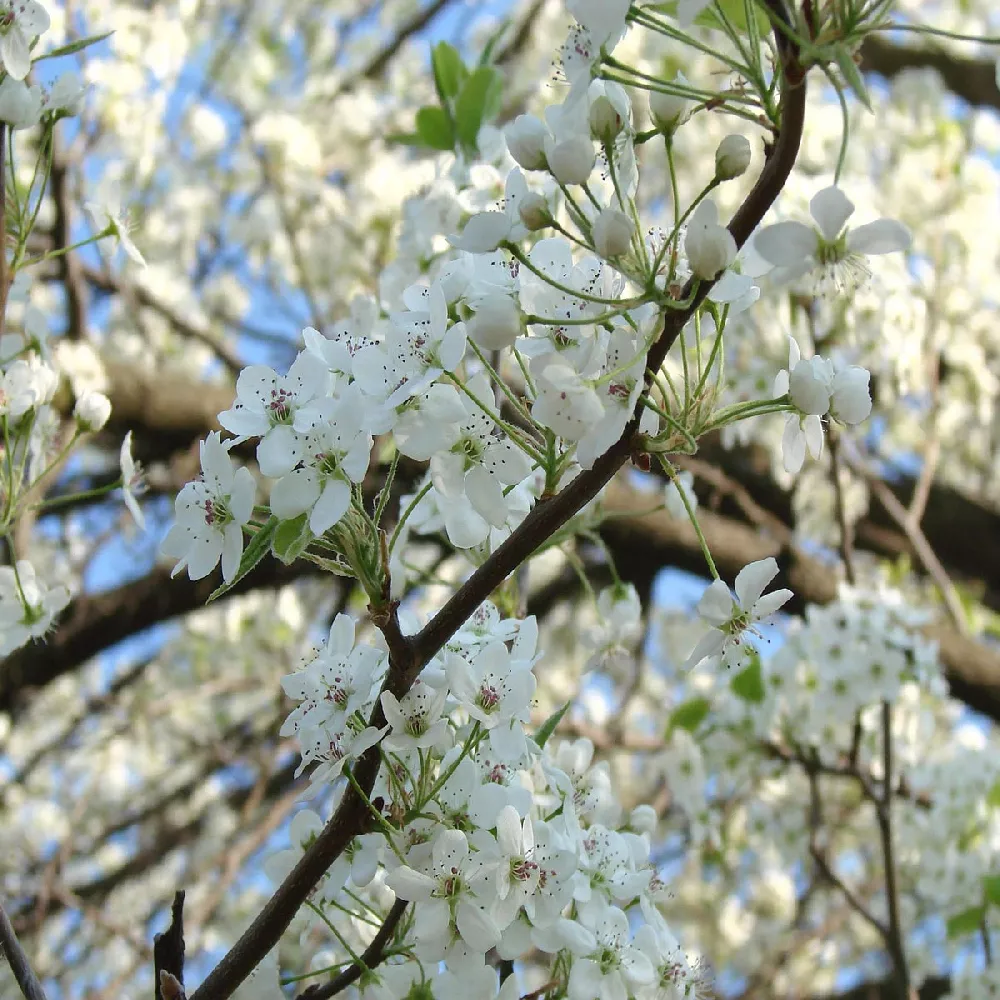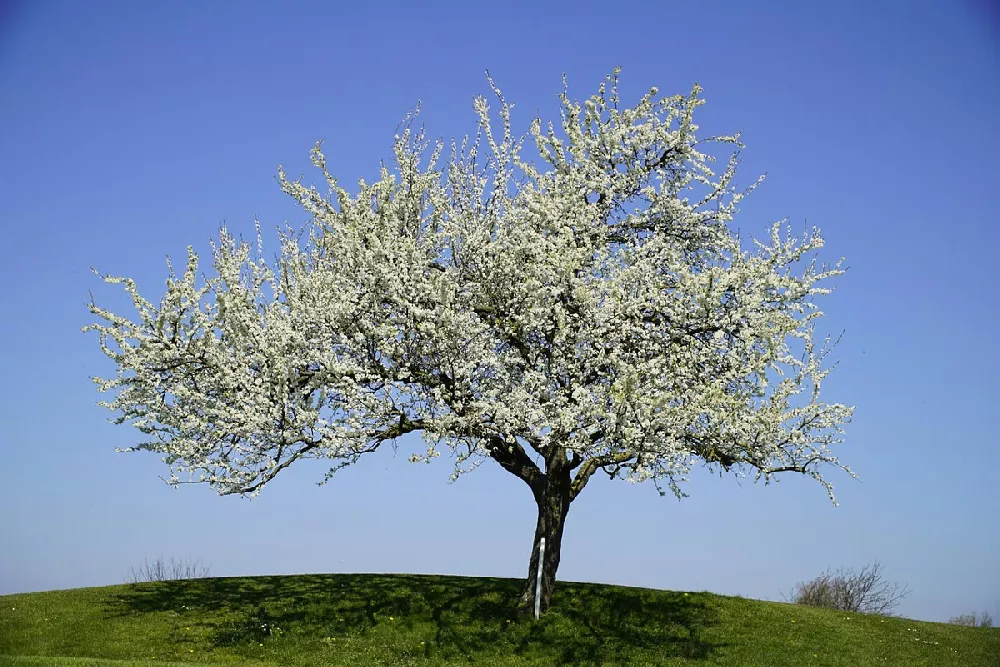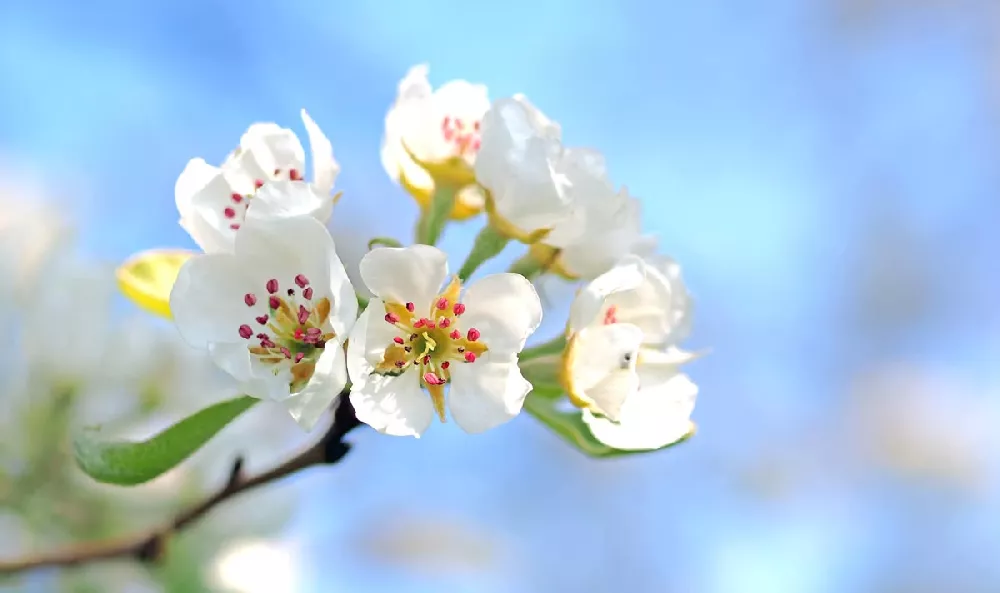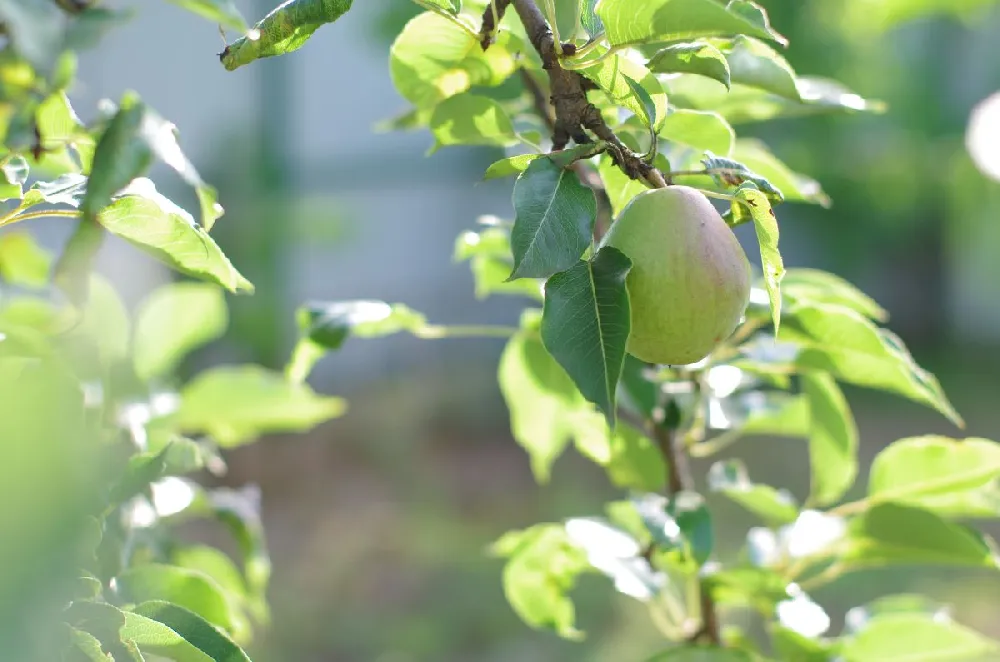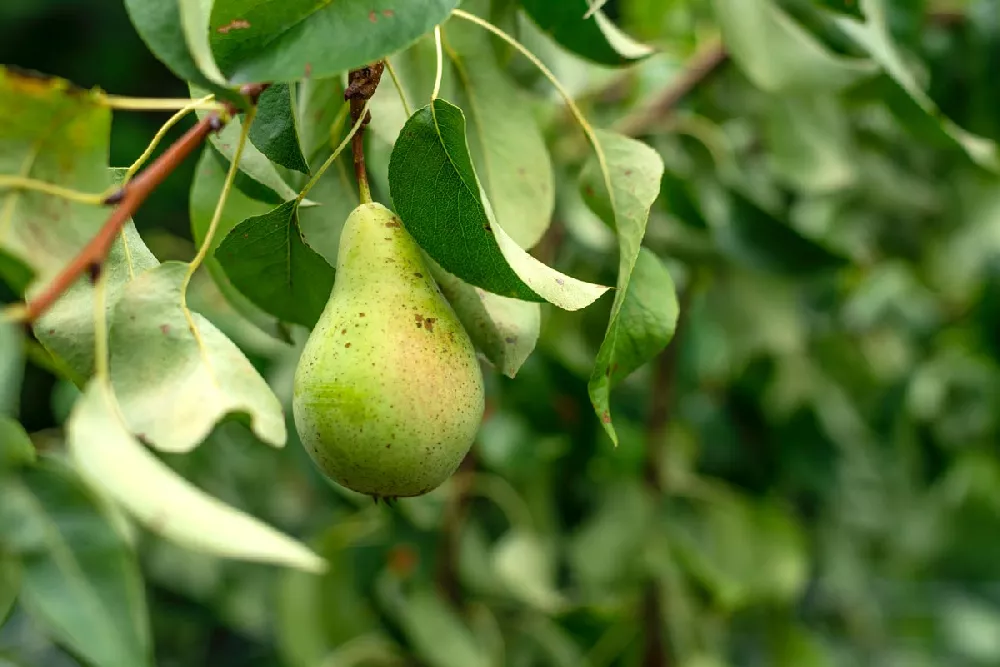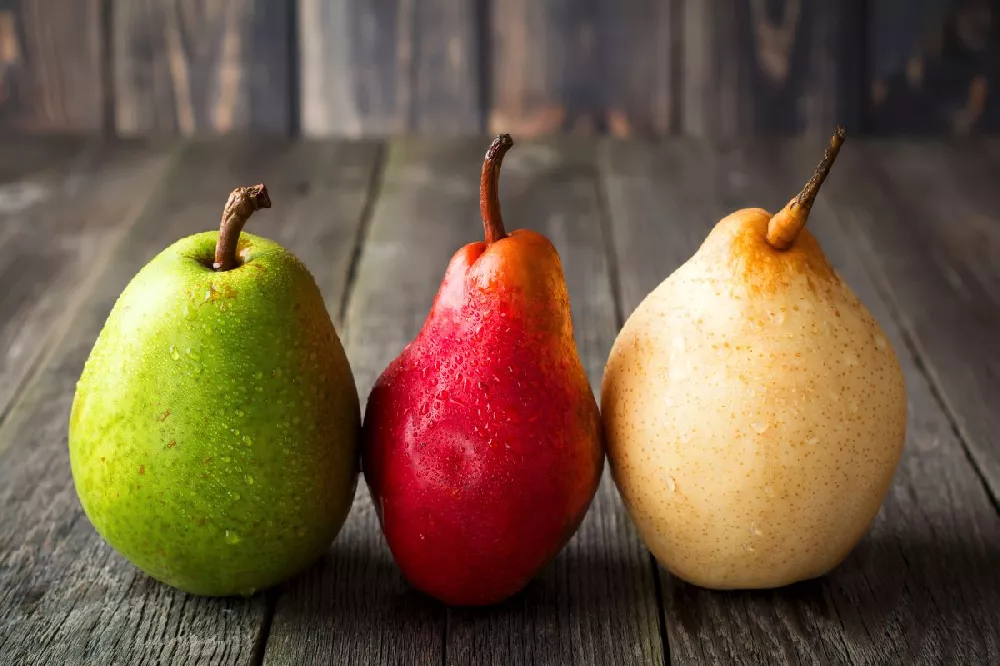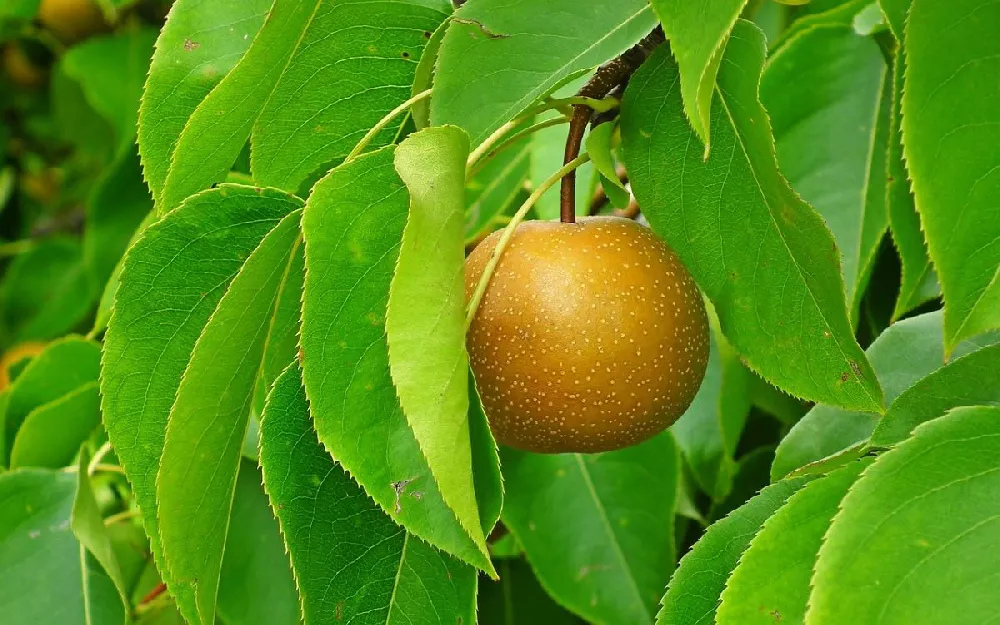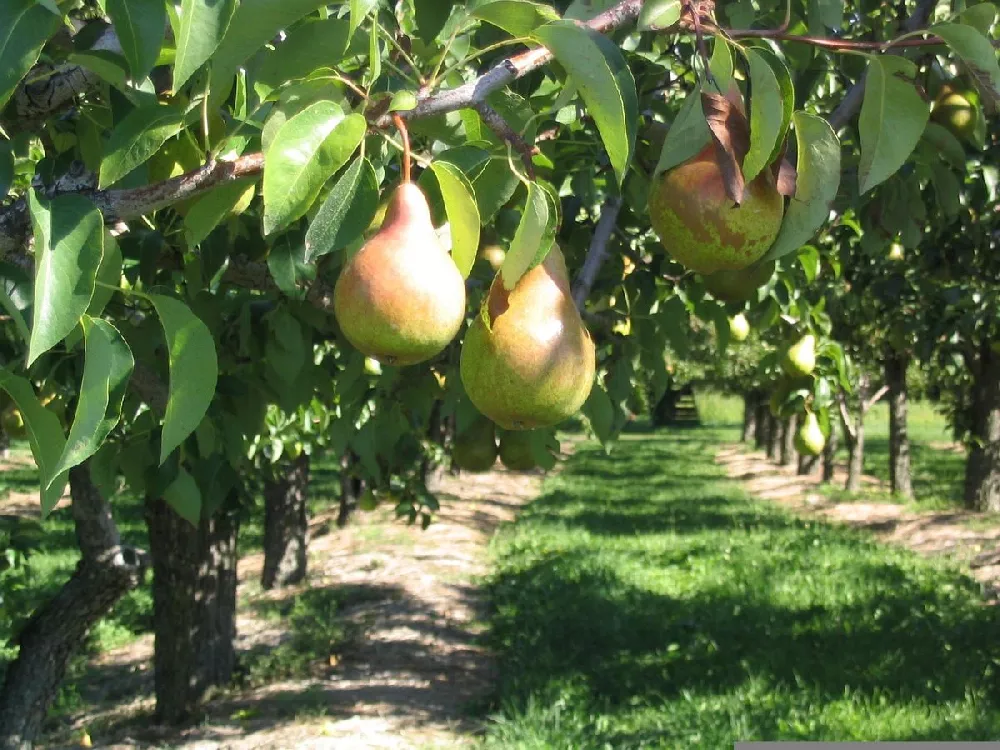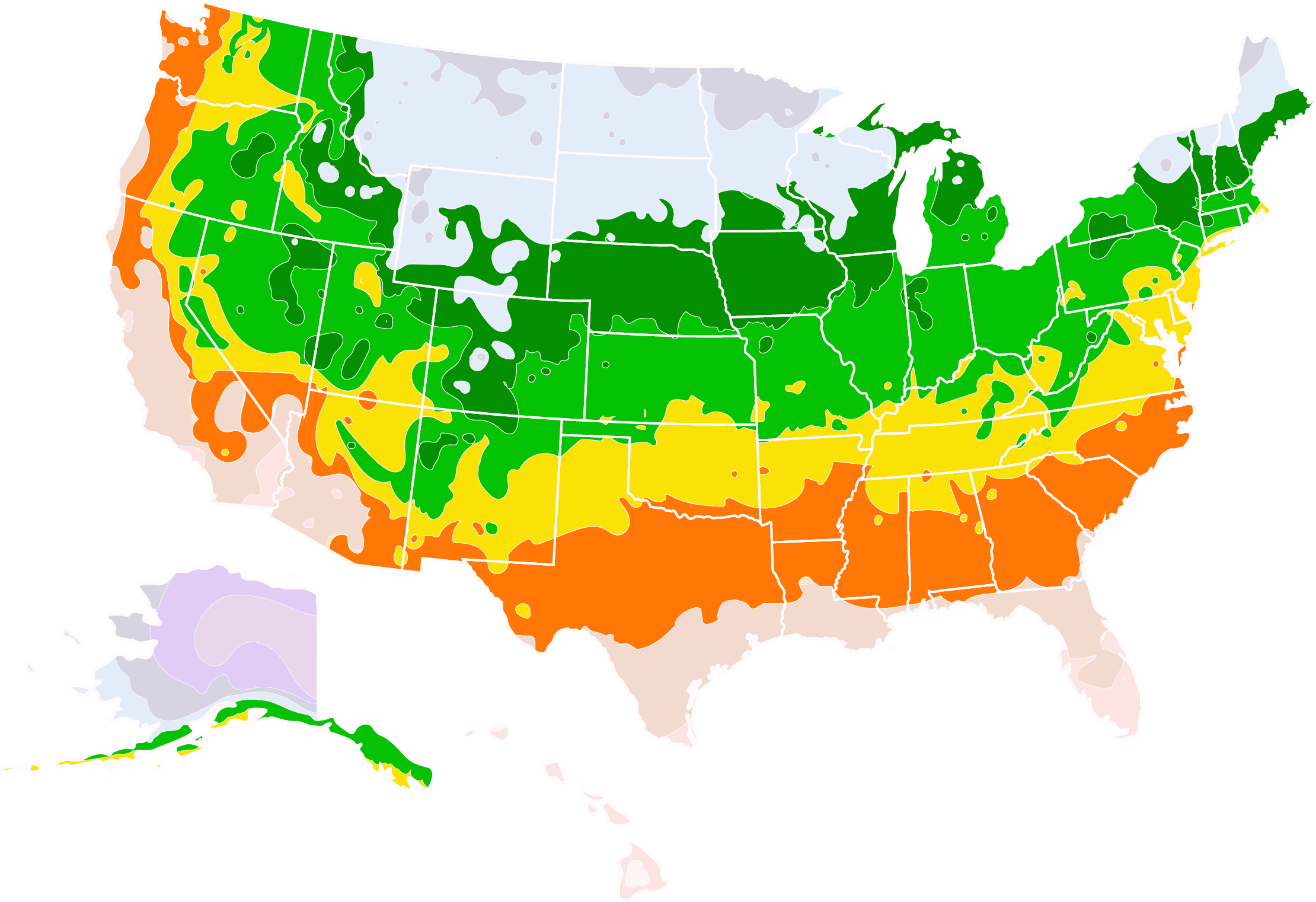- Home >
- Ornamental Trees >
- Cleveland Pear Trees
Cleveland Pear Trees for Sale - Buying & Growing Guide
If you are familiar with the ubiquitous Bradford pear tree, you may know that despite its beauty, it is plagued with weak branch structure and an unpleasant scent. Its relative, theCleveland pear tree, or Pyrus calleryana 'Cleveland Select,' has all of the Bradford pear's plusses and none of the minuses. Its flowers have a lovely fragrance, and unlike the Bradford, its limbs are not as prone to cracking and breaking on windy days. The tree is at its best in spring, when masses of white blossoms make for a spectacular display. When planted along a driveway or path, a row of Cleveland pear trees are a handsome sight at any time of year. Here are some other reasons why we love the Cleveland pear:
- The Cleveland pear is a fast grower, reaching its mature height of 30 to 40 feet in less time than most trees — with 3 to 5 feet of new growth a year.
- This easy-to-grow tree has few demands, and once established, few pests and diseases.
- In fall, the leaves turn vibrant red, orange, and purple, creating another display on par with its spring flowering.
Enter your zip code to find nearby stores that may carry this plant.
Plant Care
Sunlight

Cleveland Pear Trees like full sun — at least six hours of direct light a day.
Watering
During the growing season, water once a week; taper off to once a month in winter.
Fertilizing

Fertilize in spring and then again in early summer with a balanced, 10-10-10 fertilizer.
Planting and Care
Planting instructions
Site your tree away from overhead power lines in well-drained loamy soil that gets at least six hours of sun a day. Unpot your sapling and tease out any encircling roots so that they do not girdle the tree and eventually kill it.
Dig a hole that’s as deep as the root ball and twice as wide. Pour in a bucket of water and wait till it soaks in, then place the sapling in the hole. Hold it upright while you fill in around it with topsoil that’s been mixed with well-rotted manure or compost. Tamp down the soil as you go to eliminate air pockets.
Once planted, water thoroughly, aiming the hose at the tree’s root zone. Add a layer of an organic mulch, such as bark chips, around the root zone to conserve water. If the tree seems wobbly, you can add several stakes about 8 inches from the trunk. Tie them loosely to the tree with fabric ties.
Watering and nutrients
During the growing season, water your Cleveland pear tree once a week unless you get rain, giving the tree about 1 inch of water. In the winter you can cut back to once a month, or not at all once the tree is well-established.
Fertilize your tree with a balanced, slow-release fertilizer, such as a 10-10-10 NPK formula, in spring and again in early summer.
Pollination
Birds and insects are drawn to the Cleveland pear’s white flowers. Pollinated flowers may produce small berries which are not edible. Despite its name, the Cleveland pear tree does not produce edible fruit.
Pruning
The Cleveland pear’s attractive columnar shape needs little pruning. Prune out any dead, diseased, or broken branches whenever you see them. Suckers around the base of the trunk should also be removed regularly. If pruning for shape is necessary, do so in the early spring before bud-break. Cut off branches at a 45-degree angle, just after a bud node.
Pests, diseases, and animals
Cleveland pear trees are relatively trouble-free when it comes to pests and diseases. Fire blight may affect the tree, and signs of it (wilted blackened leaves, branches that look scorched) should be pruned out immediately. Entomosporium leaf spot is also seen occasionally, causing leaves to spot, and powdery mildew may appear as a white coating on leaves. Keeping your tree healthy is the best way to deter these diseases. Bactericides and fungicides may also be helpful once the culprit is identified.
Few insect pests bother Cleveland pear trees, with codling moths, mites, and aphids being the most common. All can be treated with horticultural oil while the tree is dormant.
Achieving maximum results
The Cleveland pear is a type of tree called a Callery pear, along with others such as the Bradford pear. All are easy to grow and ornamental, but the Cleveland pear has been bred to avoid some of the problems of other Callery types. Anyone who has grown Bradford pear trees is familiar with the unseemly smell they emit — this is far less pronounced with Clevelands. Cleveland pears are also less likely to have damage caused by branches splitting at vertical junctions, but it’s a good practice to monitor your Cleveland pear tree carefully for signs of splitting. The acute angles where the branches meet are prone to structural cracking, and it’s a good idea to plant your Cleveland pear where it will be sheltered from prevailing winds.
FAQs
Are Cleveland pear trees easy to grow?
These ornamental trees are one of the easiest landscape trees to grow. They are tolerant of pollution and salt and resist most diseases and pests that plague flowering trees. They need little extra care outside of supplemental watering when it's dry and an occasional light application of fertilizer. In return, they will reward you with four seasons of interest.
Is the Cleveland pear invasive?
Several Midwestern states, including Ohio, consider Callery pears, which include Cleveland pears, to be invasive. They are not native to the U.S., and fears that they will cross-pollinate with other cultivars have led some gardeners to avoid them. If you live in an area other than the Midwest, they are uncommon enough that it's unlikely your Cleveland pear will cause problems or spread beyond the bounds of your garden.
What's the best time of year to plant a Cleveland pear tree?
Your best option is to plant your sapling in spring, once the ground is warm enough to be worked. Second best would be early fall, preferably well before your first anticipated frost. Avoid planting the trees in the heat of summer, when they are likely to wilt, and if you do so, be sure to water them frequently.
Compare Similar Products
You can't add more Product Name - Product size to the cart.
OK